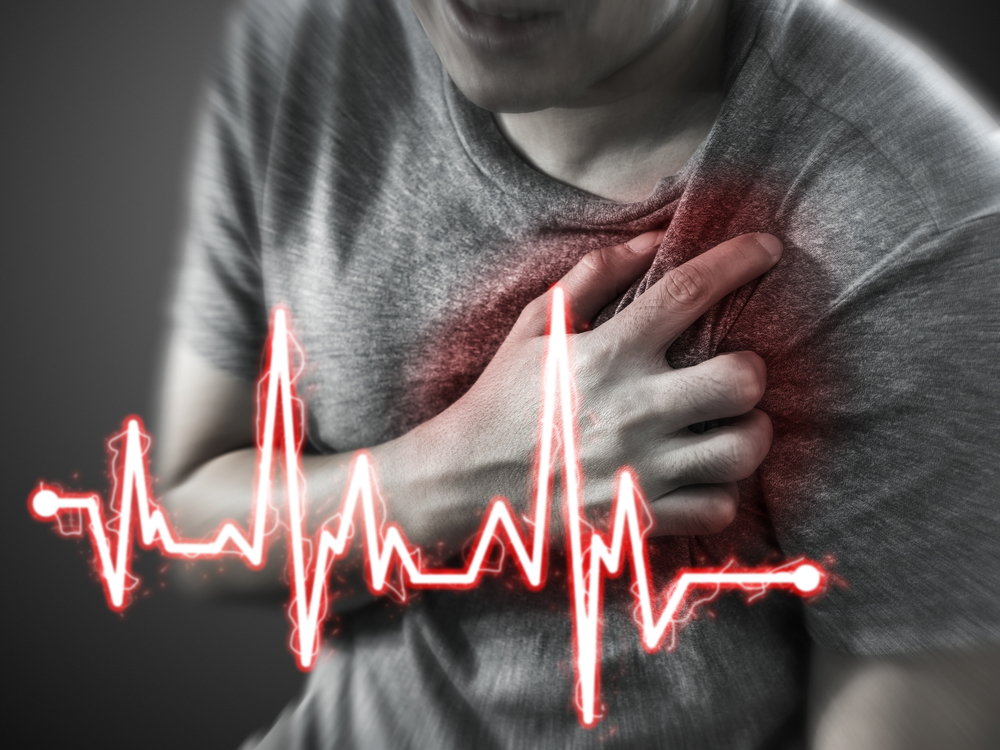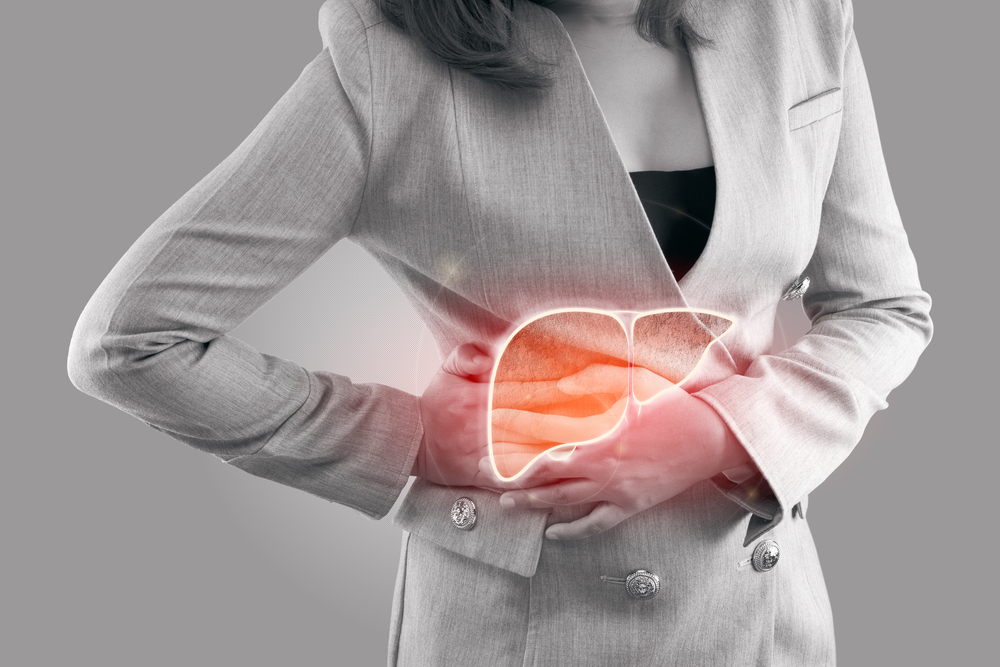How Increment in Air Pollution is Affecting Human Lives
The air we breathe every day is so polluted that it can kill us. It will be a slow death, and no one other than us is to blame for this. You need to know how this air pollution is dangerous not only for you but also for your loved ones around you. Let us take a look at the adverse effects of air pollution diseases on human lives.
What are the Air Pollution Effects on Health?
- Respiratory Infections
When the organs involved in the breathing process get infected by air pollutants, it is called respiratory tract infection (RTI). Commonly the organs that get infected are the sinuses, throat, and lungs. The usual symptoms of an RTI are
- Stuffy or runny nose
- Sore throat
- Breathlessness
- Mucus coming out while coughing
- Ischaemic Heart Disease
While breathing, if air pollutants enter your body, they can reach the arteries associated with the heart and blood. Deposition of such particles in the heart arteries leads to the narrowing of these arteries. This condition is known as ischaemic heart disease or coronary heart disease. Ischaemic heart disease is considered one of the most fatal air pollution diseases. It often gets unnoticed and can lead to other severe issues such as angina pectoris (chest pain) and even heart attack.
- Lung Cancer
Exposure to air pollution can surely increase the chances of a person getting affected by lung cancer. When we go out, we may come into contact with the harmful particulate matter present in the environment, which can damage the DNA in the cells. This change, in turn, leads to the way cell replication takes place in the lungs, and eventually, it causes lung cancer.
- Stroke
When a person gets exposed to air pollution for a short period or prolonged period, the risk of ischaemic stroke increases.
- Chronic Obstructive Pulmonary Disease (COPD) and Asthma
If a person suffers from COPD, the person develops symptoms like wheezing, breathing difficulties, and a few others. COPD is common in people who smoke. Having COPD means that a person is at a higher risk of developing heart disease. Long-term exposure to harmful gases often leads to COPD, where the air finds it difficult to reach the lungs. The same thing can be said for asthma. When a person breathes in polluted air for a prolonged period, then the chances of him experiencing shortness of breath or asthma are natural.
How Does Air Pollution Affect the Respiratory System?
We have talked about the health effects of air pollution on human health. Still, you should know about the symptoms related to the problems of the respiratory system in the human body. In this section, we will articulate specifically the effects of air pollution on the respiratory system.
- Shortness of Breath
In medical language, shortness of breath is known as dyspnea. When a person experiences shortness of breath, it cannot be very comforting. You will feel like adequate air is not reaching your lungs. In this condition, humans usually gasp for breath.
- Coaching
When you breathe in toxic air, air pollutants will dry your throat. That dry throat will lead to that coughing sensation.
- Wheezing
Wheezing is primarily associated with asthma. When the air passage gets partially blocked it leads to wheezing. You will hear a shrill whistle whenever you breathe.
- Asthma Episodes
Whenever a person experiences an asthma attack, their air pathway will become swollen and inflamed. During an asthma attack, a person can also show other symptoms along with difficulty in breathing such as coughing and wheezing.
- Chest Pain
Chest pain, also known as angina pectoris, as we have mentioned earlier can be seen whenever air pollution affects the oxygenated blood flow to the heart.
Moreover, air pollution also affects the circulatory and nervous systems of the human body.
How Does Pollution Affect Oxygen Levels?
Measuring oxygen saturation means measuring the amount of oxyhemoglobin present in the blood of a human body. Oxygen saturation is a crucial tool for determining oxygen delivery in humans. The average SaO2 level in a healthy adult remains between 95% to 100%. When air pollutants increase in the surroundings, it changes the oxygen saturation level.
This change in oxygen saturation leads to the generation of particle-induced pulmonary inflammatory or vascular responses. When a human breathes in polluted air for a certain period, they can develop hypoxemia. In this condition, the blood oxygen level drops below 90%. The most common symptoms that a person can experience in this condition include rapid heart rate, coughing, headache, shortness of breath, and wheezing. When it reaches the extremities, the skin will start turning blue.
What Pollutants Cause Respiratory Problems?
Various parts of your respiratory tract can get affected by air pollutants. The most common air pollutants that remain present in our environment are -
Gases that usually cause respiratory problems in humans are mentioned below.
- Nitrous Oxide
- Ozone
- Sulphur Dioxide
- Carbon Monoxide
Besides, particulate matter is an indicator of air pollution, and depending on their size, they are divided into several categories. Usually, they have a diameter between 10μm and 2.5μm. These delicate particulate matters are capable of reaching deep parts of human lungs.
Final Words
Air pollution effects are slowly pushing thousands of people toward death every year. It is high time to take preventive measures to control air pollution. Otherwise, there will be a day when we will crave breathable air, but there will not be any.





